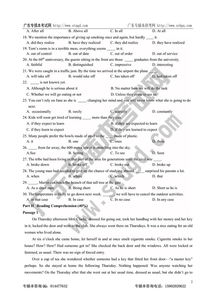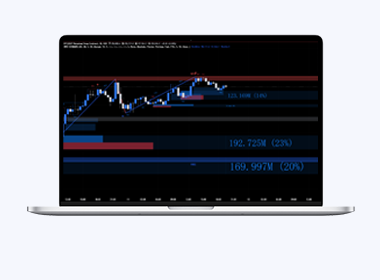In today’s fast-paced and data-driven world, accurately interpreting and implementing metrics is crucial for businesses and individuals alike. Whether in finance, marketing, health, or any other sector, understanding how to speak about and utilize these metrics in English can bridge communication gaps and enhance operational efficiency. This article will delve into the translation of “指标” into English, explore its application across various domains, and discuss its importance in achieving set objectives.
Translating 指标: The Essence of Metrics in English
At its core, 指标 translates to “metric” or “indicator” in English, serving as a crucial tool in assessing performance, progress, or quality. These terms are more than mere translations; they embody the principles of measurement and benchmarking across diverse contexts. Metrics in the business realm, for instance, can range from financial indicators like ROI (Return on Investment) and profitability margins to customer-centric metrics such as customer satisfaction scores and Net Promoter Score (NPS). The successful application of these metrics requires not only a deep understanding of their definitions but also an insight into their strategic implementation to drive growth and improvement.
Navigating Through Different Sectors: The Versatility of Metrics
The application of metrics extends beyond the confines of business and finance, permeating various fields such as health care, education, and technology. In health care, metrics could entail patient recovery rates or hospital readmission rates, providing pivotal insights into the quality of care and operational efficiency. Similarly, in the educational sphere, metrics might encompass graduation rates, student engagement levels, and academic performance, serving as instrumental tools in evaluating institutional effectiveness and student outcomes. The versatility of metrics highlights their fundamental role in facilitating data-driven decision-making, benchmarking performance, and fostering accountability across an array of disciplines.
Implementing Metrics: Case Studies and Data-Driven Success Stories
To illustrate the transformative power of metrics, consider the case of a technology startup that leveraged customer satisfaction metrics to pivot its product development strategy. By closely monitoring NPS scores and feedback loops, the company identified critical user pain points, leading to targeted product enhancements that significantly boosted user engagement and retention rates. Another example relates to a healthcare provider that utilized patient readmission rates as a key performance indicator (KPI) to improve its post-discharge follow-up procedures. This strategic focus on a specific metric resulted in enhanced patient outcomes and a notable reduction in readmission rates. These examples underscore the potential of metrics to drive operational excellence and strategic alignment when effectively implemented and monitored.
Navigating the intricate landscape of metrics requires a nuanced understanding of their definition, application, and impact across various contexts. From business efficiency and customer satisfaction to healthcare quality and educational achievements, metrics provide a universal language for measuring and communicating performance. As illustrated through diverse case studies, the strategic implementation of these indicators can lead to significant improvements and successes. Ultimately, the essence of metrics in English, or 指标, lies in their ability to translate data into actionable insights, guiding decisions and fostering growth in an ever-evolving global environment.
版权:文章归 神灯指标 作者所有!
转载请注明出处:https://www.177911.com/1309.html



 微信扫一扫
微信扫一扫 













还没有评论呢,快来抢沙发~